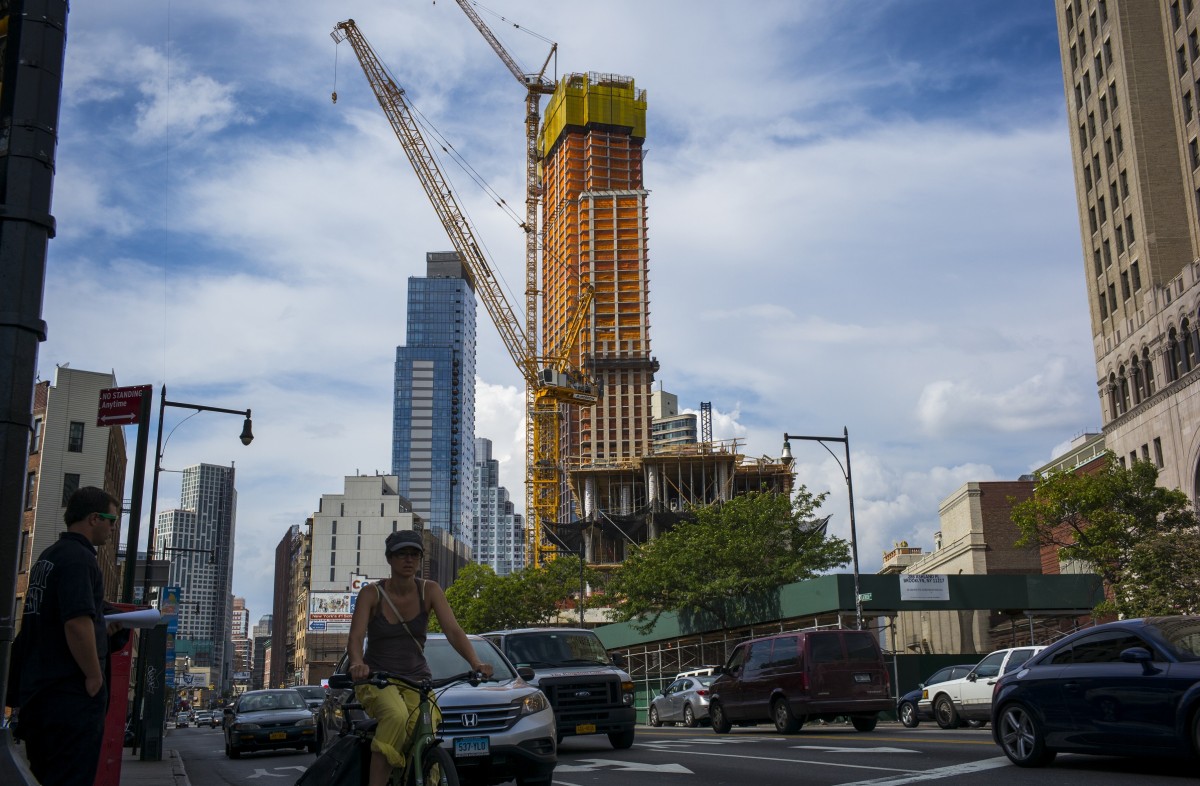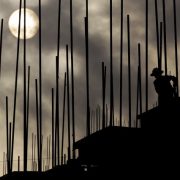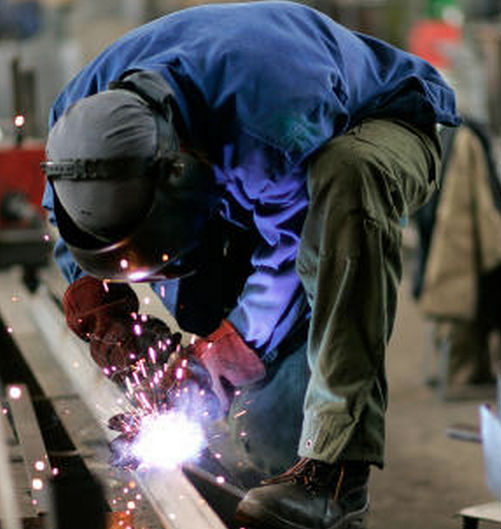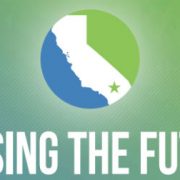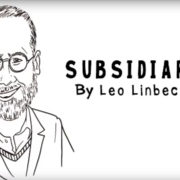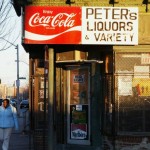Gattis: MetroRail – the good, the bad and the ugly
By Tory Gattis
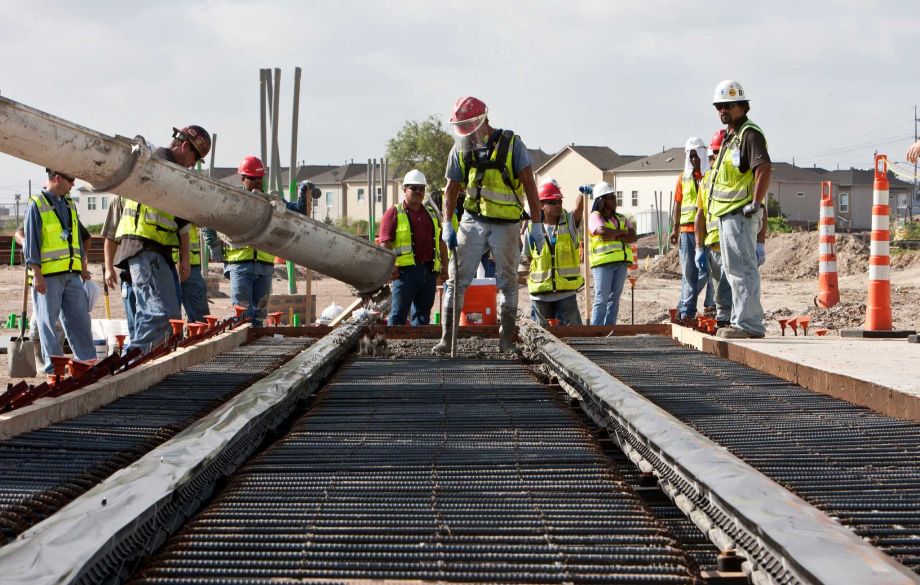
Photo by James Nielsen
MetroRail pours first concrete for the Southeast (Purple) line at the intersection of Paige and Rusk Wednesday, Aug. 10, 2011, in Houston. ( James Nielsen / Chronicle )
New rail lines show value but also gaps in transit vision.
In 2003, Houston voters approved a master plan for a light rail network in Houston’s core. Unlike Dallas, this system was not designed as a long-distance suburban commuter system (our Park-and-Ride, high-occupancy-vehicle, or HOV, system already serves that purpose), but as a local system with frequent stops connecting major destinations. The plan specified five new lines and extensions, three of which are now almost complete (North, Southeast, East), with the other two either converted to more affordable bus rapid transit (Uptown) or postponed indefinitely (University line).
Ballooning costs and logistical problems mostly related to the rail system’s at-grade design – namely, the many crashes between vehicles and trains – long have dogged the Metro Transit Authority’s decision to add light rail to our city’s transportation options. Many also have questioned the fiscal efficiency of building a light rail system that serves only a limited area. The criticisms deserve a hearing, but we also should explore whether, in practice, the rail system is actually performing “as-advertised” and if its expansion is sustainable.
As Metro prepares to open two new rail lines on May 23, this is a good time to reflect on these lines, Metro’s light rail program in general and where Metro should go from here. I was able to preview Metro’s new Southeast Purple and East Green lines, and I’ve sorted my observations into the Good, the Bad and the Ugly (with due respect to the iconic Clint Eastwood film).
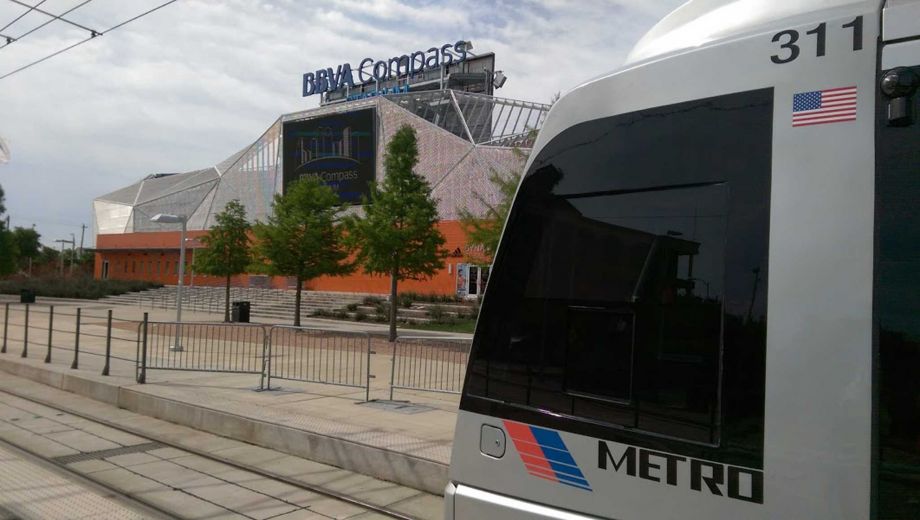
The good: Fast, easy connections to event destinations
The Good
The new lines provide fast, smooth rides from the theater and nightlife districts downtown to Discovery Green, the George R. Brown Convention Center, Toyota Center, Minute Maid Park, Dynamo Stadium, the East End, University of Houston, Texas Southern University, MacGregor Park and Palm Center. UH gets great coverage with three stops around campus, including the new football stadium. The stops are really well-done, with good signage and nice art tailored to each neighborhood. Riding the lines also really brings home the incredible new array of town home and apartment projects going up in the East End as Houston’s development boom continues. But that leads me to …
The Bad
The East End stops on the Southeast Purple line (EaDo and Leeland/Third Ward) are spaced too far apart to effectively serve the booming town homes and apartments out there. The EaDo stop is right next to Dynamo/BBVA Compass Stadium and U.S. 59, and Leeland is almost next to Interstate 45 South, with no stops in between. Google Maps says these stops are about 1.1 miles apart, and most of the people in those town homes are going to have a serious walk to use the lines. I’m told Metro left space for an intermediate stop near Ennis and Walker, which they’re going to need to pursue sooner rather than later.

The bad: Accessibility and station-naming
Another issue is that the East Green line won’t truly be complete all the way to the Magnolia Park Transit Center until the bridge over the freight rail tracks is finished around spring 2016 by current estimates. Right now, it stops short a bit east of Lockwood.
Finally, Metro has a station-naming problem. Naming rights sold to the Texas Dow Employees Credit Union for UH’s new stadium gave rise to the name of “TDECU Stadium.” But the stop is called by the old name: Robertson Stadium. They have the same problem with the Reliant/NRG stop, and may have it in the future with Minute Maid and BBVA Compass stadiums. It’s expensive to rename a stop every time a new sponsor takes over a venue – there’s new signage to consider but also all the system maps that will have to reflect the change. The agency should consider charging the company that bought the naming rights for the switch, but another option would be to pick generic stop names that are likely to be stable over time: UH, Astros, Dynamo and Texans/Rodeo stadiums.
The Ugly
Final cost numbers are $823 million for the 6.6-mile Southeast Purple line and $587 million for the 3.3-mile East Green line, for a staggering total of $1.4 billion dollars. To work that out on a per-mile basis, it has to be noted that both lines overlap about a mile downtown, so really only 8.9 miles of new track were created (not 9.9), which works out to a head-spinning $158 million per mile. Ouch. As nice as the lines are, those are hard numbers for a taxpayer to stomach. They also make talk of substantially expanding the rail network, especially to the airports, financially unrealistic.
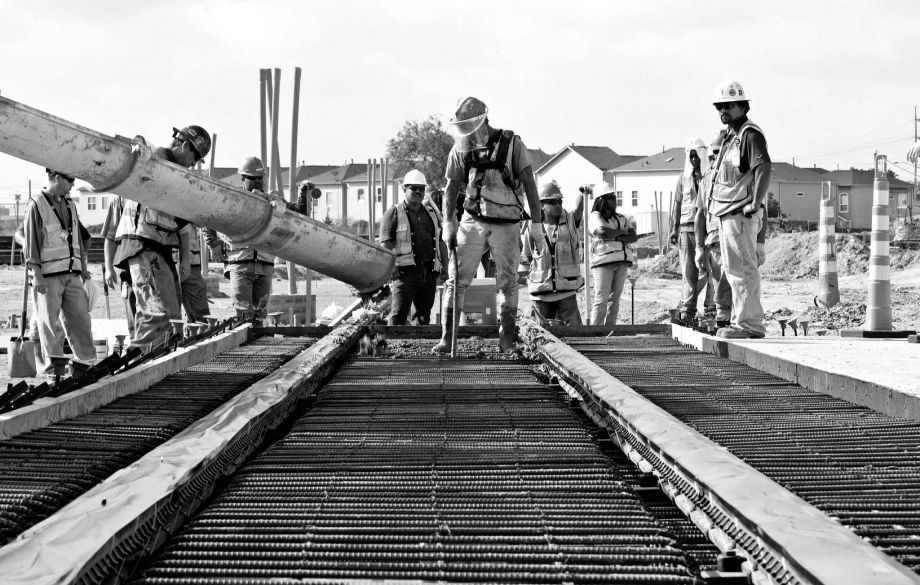
Photo by James Nielsen
The ugly: Cost of rail system so far is hard to stomach
Overall, this money could have been better spent on other transit projects, like relieving growing traffic congestion with a more extensive park-and-ride HOT/HOV lane network with better express commuter service to more job centers from more neighborhoods – or at least a nice crosstown Universities line to connect the west and east sides of town (now indefinitely delayed due to fiscal constraints). These new lines are unlikely to generate nearly the ridership of the original Main Street line. But there’s no going back in time, so let’s hope these lines can be made as successful as possible to get a return-on-taxpayer investment – especially when it comes to neighborhood investments and redevelopment.
As UH continues to ascend as a Tier One University and generate more on-campus living and activity, there’s lots of potential for interesting development along the Southeast line, as well as adding new student energy to downtown’s nightlife scene – maybe even matching Austin’s Sixth Street one day. And the East line may also grow in popularity because the rest of the Inner Loop has become so unaffordable. We’ll just have to wait and see how they develop.
The Future
What should be next for Metro? The reimagined bus system that rolls out this summer should provide better service. But as Metro slowly retires the substantial debt from these rail projects, where should it invest for the future? As increasingly impressive demonstrations from Google and the automotive industry show, the 2020s will be the decade of autonomous, self-driving vehicles. These have the potential to revolutionize transit, whether through subsidized Uber-like taxi services or vehicles directly owned and operated by Metro. Large fixed-rail investments today – which take decades to pay off, if at all – will seem like white elephant boondoggles then.
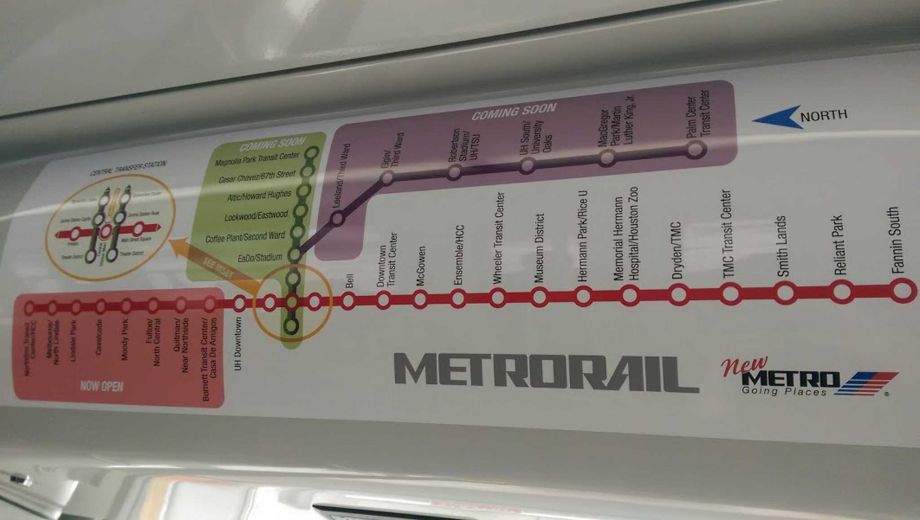
The future: It’s not in rail
The Metro board would be wise to take this future into account in its planning, investing instead in a more flexible and extensive park-and-ride, managed-lane/HOV network to provide commuter services to more job centers from more parts of town and which can be easily adapted to the coming autonomous vehicles. Before increasing traffic congestion forces more major employers to flee the city for the suburbs (like Exxon), we need better commuter services. A more comprehensive park-and-ride network (like Interstate 610 and Beltway 8) is the fastest and least-expensive way to provide that service in Metro’s new era of fiscal limits.
Gattis writes the Houston Strategies blog and is a founding senior fellow at the Center for Opportunity Urbanism.

